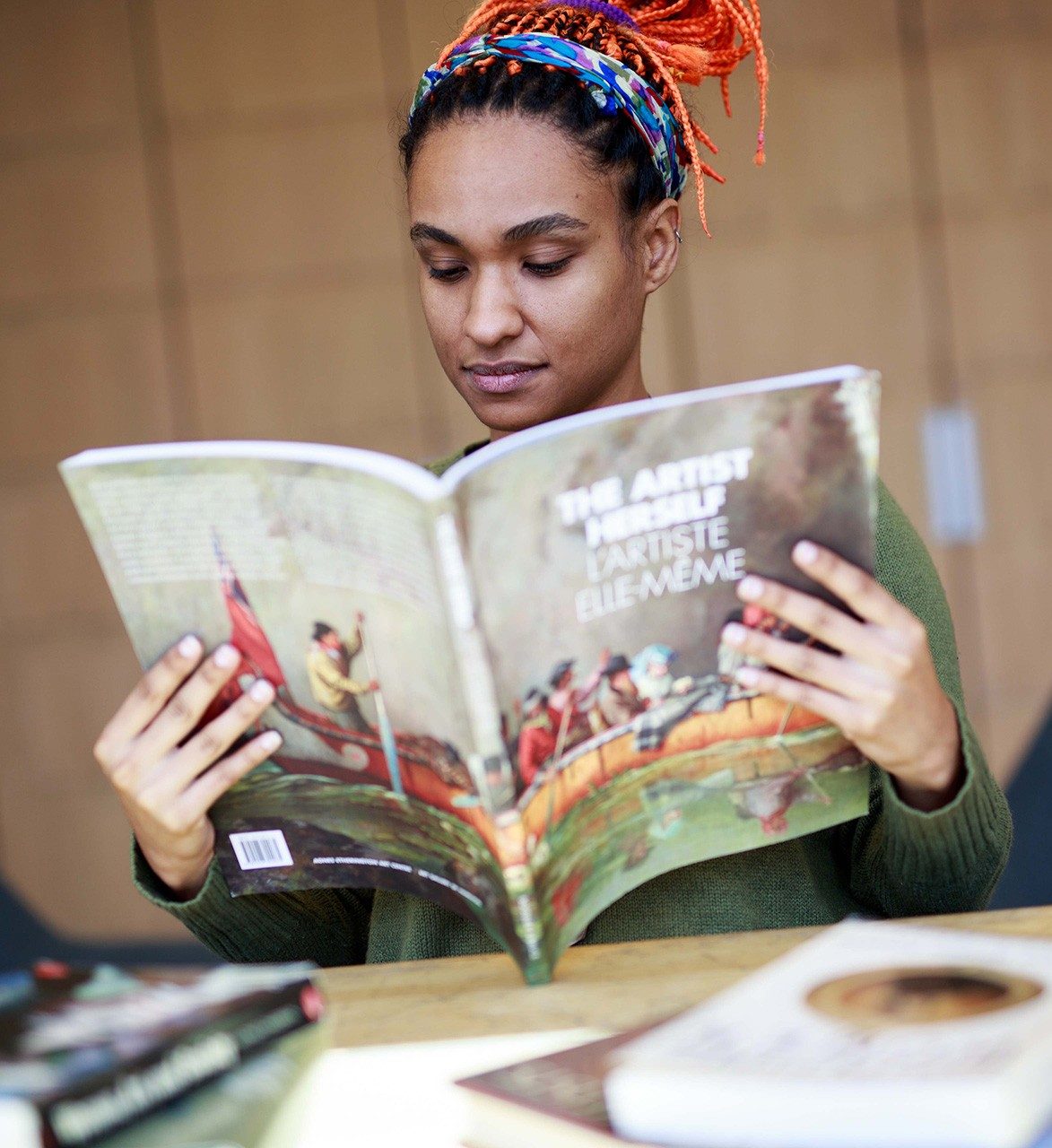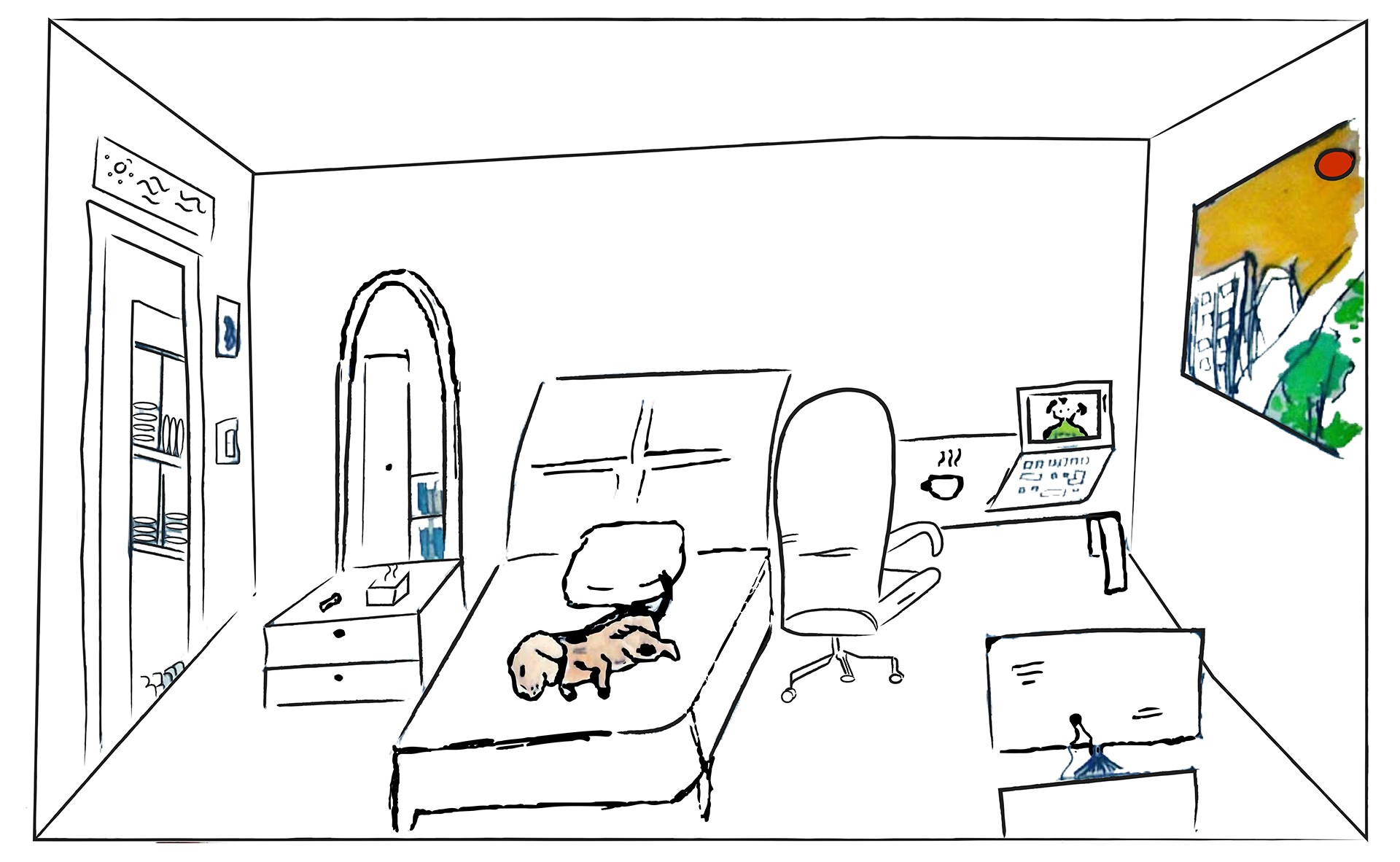RESEARCH PROJECTS

CWAHI
Canadian Women Artists History Initiative
CWAHI is a collaborative group of researchers working to enhance scholarship on women's contributions to the cultural and material history of Canada. Focusing on the period prior to 1967, we foster and circulate research into women’s contributions to the cultural and material history of Canada.

Worlding Public Cultures: The Arts and Social Innovation
Principle Investigators include Dr. Alice Ming Wai Jim
Worlding Public Cultures: The Arts and Social Innovation aims to develop a critical art theory and practice-based approach to social innovation, which takes worlding as its central methodology. It is a collaborative research project and transnational platform, conceived by the Transnational and Transcultural Arts and Culture Exchange (TrACE) network, and funded by a Social Innovation Grant from the Trans-Atlantic Platform for the Social Sciences and Humanities.
Through a series of academies, assemblies and gatherings, the project seeks to reimagine cultural and educational institutions beyond modern Western and colonial frameworks. It intends to reposition them as agents of social and political change that increase our understanding of our global world's complexities. These events are designed to enable transatlantic, multi-sectoral, and public knowledge, shared between those working in and on different geocultural contexts.
Primitivism and Interior Design:
Art Deco, Hybridity and the Decolonization of the Modern Interior in France, 1909-39
At the Great Exposition of Decorative Arts [of 1925] in Paris, the predominance of the negro motif was obvious among the really new and distinctive notes in interior decoration. […] The most important lines of influence were […] the possibility of applying negro sculpture principles to a resurrection of artistic traditions that had been considered dead.

Dr. John Potvin, SSHRC, 2021-2025
Primitivism is a highly contested term and forms part of a volatile lexicon rooted in colonial ambitions and an imperialist world view. In the early 20th century the term served as a cipher for aesthetic initiatives that would become the hallmark of modern art, design and culture. Countless are the texts exploring the so-called ‘heroic’ work of Pablo Picasso whose cubist radicalism was the material and visual result of his own well-documented study and collection of African masks. Despite the vast, influential scholarship exposing the relationship between modern art and primitivism, no comparable study has yet to be undertaken exploring the impact, influence and tensions primitivism has had on interior design. Through the rich and complex art and design cultures of French art deco (or the style moderne, as it was referred to at the time), the proposed research attempts a ground-breaking rectification of this glaring absence. Primitivism and Interior Design aims to produce the first comprehensive critical analysis of the complicated relationship the style moderne had with primitivism from the first decade of the 20th century, when the ‘vogue nègre’ took shape (Lemke 1998: 7), until WWII.
The relationship between art deco and primitivism might seem, at least at first, obvious. So naturalized, so ubiquitous, so often mentioned (more often than not briefly or in passing), the assumption may be that it does not require a thorough investigation. Nothing, however, could be further from the truth. In fact, even in texts committed to investigating art deco interiors and design, the discussion of primitivism invariably circles back to and remains focused on painting, leaving an analysis of the interior and furniture to be taken for granted with at best a series of names of key decorators who were said to take ‘inspiration’ or share an ‘affinity’ with primitivist or tribal sources. It is precisely due to both this seeming ubiquity and the glaring lack of a sustained critical examination that this research project is necessary. Much scholarly attention has been paid to African sculpture as a source of inspiration and affinity, yet, what about the African furniture and domestic objects that were used and/or transformed into art deco objets de luxe for the bourgeois home? As influential collector and art dealer Paul Guillaume posits in the excerpt quoted at the outset of this proposal, not only was the style moderne seen as a critical path toward recovery following the devastation wrought by WWI, primitivism specifically was the path to renewal of design and modern existence itself. Guillaume was certainly not alone in suggesting that primitivism would be a vital conduit to aesthetic as much as economic and cultural rejuvenation.
La ville extraordinaire:
Learning from older Montrealers' urban knowledge through oral history research-creation

Dr. Cynthia Hammond
La Ville Extraordinaire is a four year, Partnership Development Grant funded by the Social Sciences and Humanities Research Council of Canada. The project aims to learn about urban transformation in the city of Montreal by listening to the memories and experiences of diverse older Montrealers across different neighbourhoods. In collaboration with Shauna Janssen (Theatre), Ursula Eicker (Engineering) and Denis Bilodeau (Architecture, Université de Montréal) the work results in an exhibition at the new Montreal museum, Mémoire des Montréalais.es, in 2024, and conjoins oral history, scenography, digital research-creation, and a substantial online component to support and enlarge our understanding of how older citizens have contributed to this unique city.
The Spaces of Restorative and Transitional Justice:
Architecture, Oral History, and Design
 A Colombian Truth Commission case worker's drawing of her
bedroom, which became her main site for collecting testimony during the global pandemic. Original drawing by Alejandra Gutiérrez, digital re-rendering by Marcela Torres Molano, 2021.
A Colombian Truth Commission case worker's drawing of her
bedroom, which became her main site for collecting testimony during the global pandemic. Original drawing by Alejandra Gutiérrez, digital re-rendering by Marcela Torres Molano, 2021.
Dr. Cynthia Hammond with Dr. Ipek Türeli (co-applicant) and Dr. Luis Sotelo Castro (co-applicant)
The Spaces of Restorative and Transitional Justice is a two-year, SSHRC-funded, Insight Development Grant. In Western culture, the architecture of the justice system revolves around the police station, the courthouse, and the prison. But in recent years, alternative forms of justice have been emerging, such as the Truth and Reconciliation Commission. What is the architecture of such alternative forms of justice? This oral history research-creation project has gathered 30 interviews with alternative justice experts, and 30 case studies of purpose-designed and retrofitted spaces, which jointly will inform the design of spatial prototypes that we hope will be of use to the alternative justice community.

